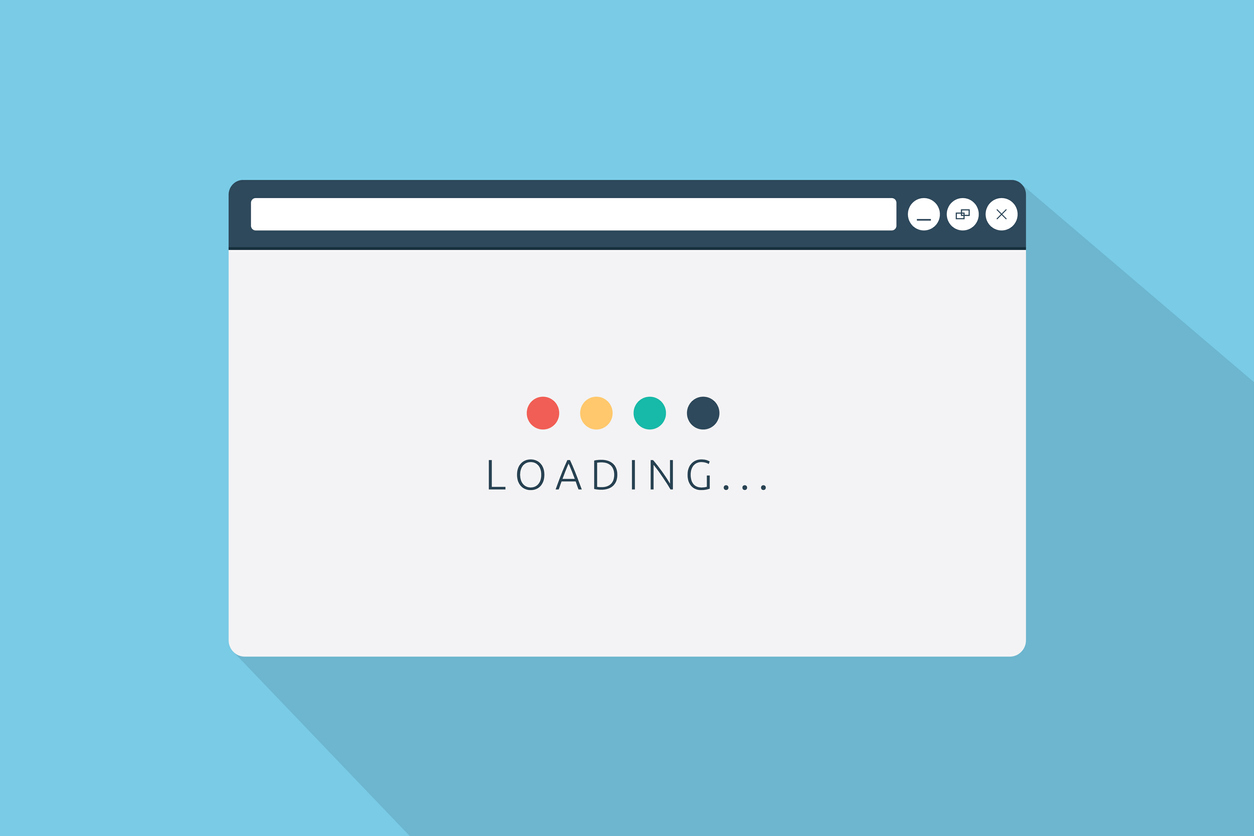Fast and Foremost: 5 Ways to Optimize Page Load Time
Ready to boost your SEO ?

Fast and Foremost: 5 Ways to Optimize Page Load Time
One mississippi… Two mississippi… Three mississippi… That was the length of the average page load time in 2017. Well, 3.21 seconds, to be exact.
But, if a page were to take an additional second to load, statistics show that delay would “[decrease] customer satisfaction by 16%” (HostingTribunal). And that’s just for one additional mississippi. One!
When it comes to being listed on Google, speed has become an important factor in the ranking algorithm. Links on the first SERP show an average load time of primary content in 1.19 seconds, whereas the second SERP listings average 1.29 seconds for primary content load time (MediaPost).
Sure, that’s great information to know, but what are we supposed to do with it? First, try using our eValuator to see how your website is performing. Pending results, it’s important to know what your options are when it comes to improving page load time. Below are a few strategies you can use to strengthen your website’s performance:
- Select appropriate hosting
- When it comes to hosting your website on a server, there are three different plans to choose from:
- Shared hosting
- Typically the cheapest option available -- starting around $5/month -- as the site shares resources with all other sites that are hosted on the same server.
- VPS hosting
- The virtual private server (VPS) is the next step up from a shared server, except there is already a set amount of resources provided, which are not shared with other sites.
- KeyCDN explains the difference between shared and VPS hosting using an apartment vs. condo analogy.
- Dedicated server
- If we extend the analogy above, dedicated servers would be the equivalent of owning a home. There are no shared resources, and you are responsible for all maintenance.
- Even though resources are far less limited, this server requires additional technical setup and configuration on your end.
- Shared hosting
- The best of the three plans above would be a VPS. Even though it’s not the cheapest option out there, it hits the sweet spot when it comes to bang for your buck. Shared servers tend to run slower and have poorer performance, whereas dedicated servers can become quite costly.
- When it comes to hosting your website on a server, there are three different plans to choose from:
- Reduce image sizes
- Does your website showcase a portfolio of work? Or is it simply image-heavy in general? While large, high-quality images are great, there’s a chance they’re slowing down your site and could be reduced in size. Be sure they’re fully optimized and aren’t too large when stored on the database.
- To reduce image sizes, you can utilize WordPress plugins such as Smush Image Compression and Optimization, and for Drupal, there are modules such as Image Optimize that serve a similar purpose. If you’d rather optimize images before uploading them, there is open source software such as GIMP available.
- Optimize browser caching
- Caching is when your browser stores data in a cache memory to load pages more efficiently, as opposed to making new requests of the web server on which the site is hosted. This functionality is enabled through the CMS (such as WordPress, Drupal, etc.) in addition to the server software (such as Apache).
- For WordPress, there are plugins you can use such as W3 Total Cache, and for Drupal, there are modules such as Internal Page Cache that are available.
- Minify source code
- Implement a minification strategy so that the webpage doesn’t have to take additional time combing through unnecessary lines of source code.
- This process becomes especially crucial for websites that utilize a premade theme, so be sure to apply this practice to your HTML, CSS, and JavaScript files.
- Carefully place JavaScript
- While JavaScript does provide functional value, it can become burdensome when it comes to load time. Typically, these scripts are placed in the website’s header, however, it’s important that they reside elsewhere.
- The easiest method would be to move the script files to the footer of the page, just above the close body tag (</body>). As a result, visitors won’t have to wait for the scripts to load before the rest of the content on the webpage.
Even though some of these to-do’s may seem complicated and/or overwhelming, it’s important to understand what your options are when it comes to reducing page load time. Depending on various factors, such as the configuration of your web server and the CMS your site is using, some of these techniques may be a better fit than others.
Keep in mind, every site is different and may require a customized strategy. To receive further details on potential opportunities for your website, submit an audit request or contact us directly.
with a Booster program for Healthcare companies.
